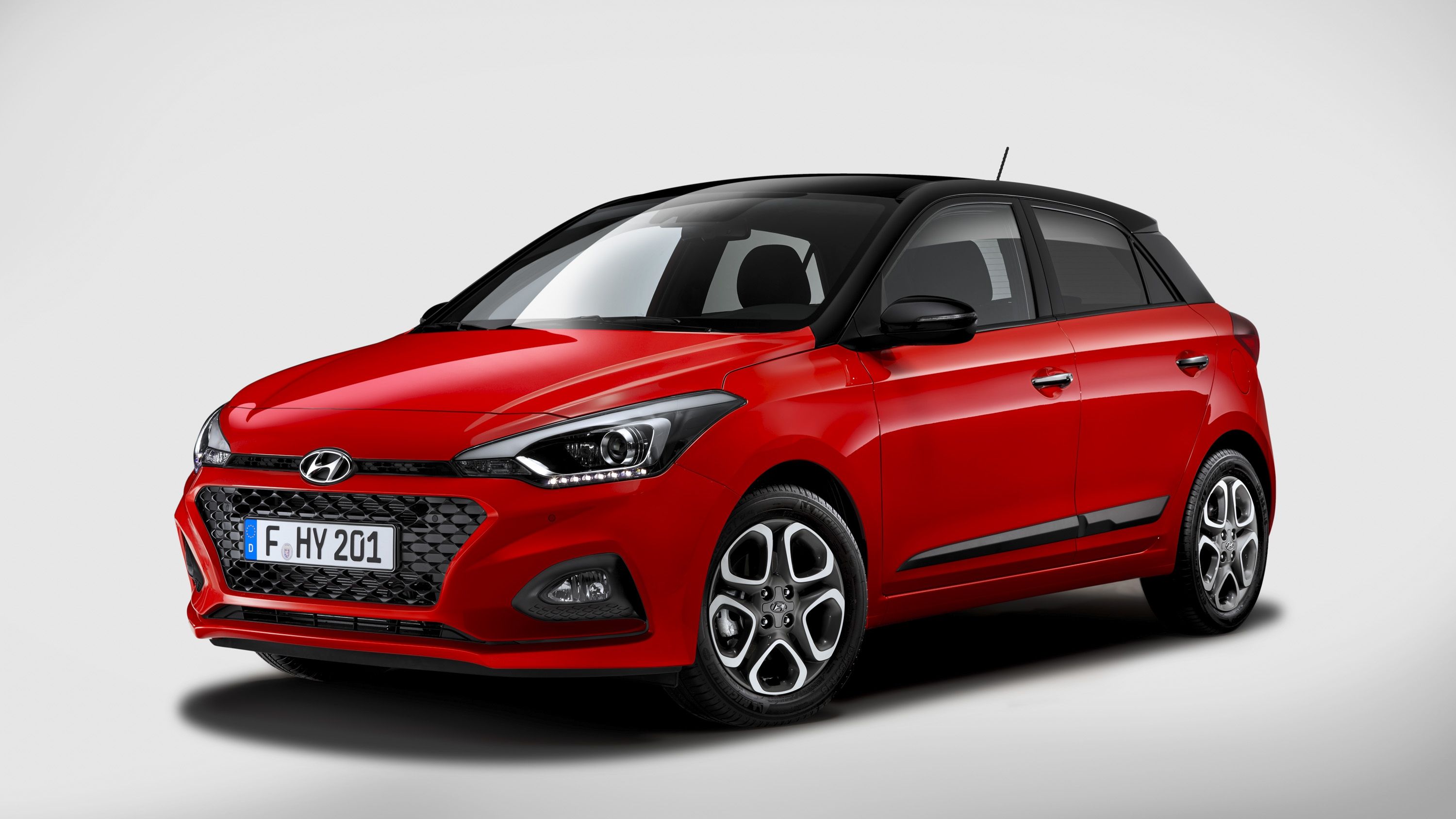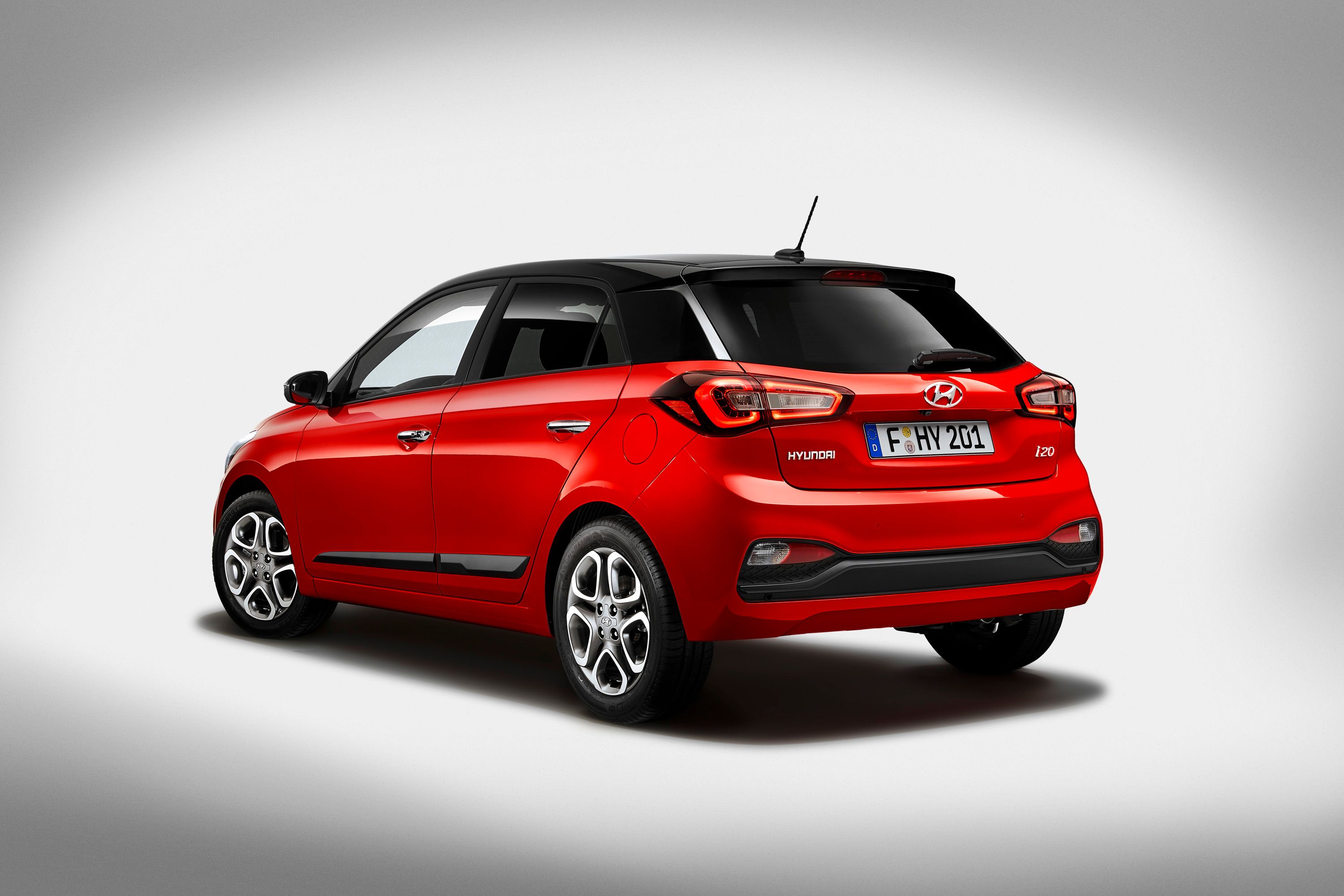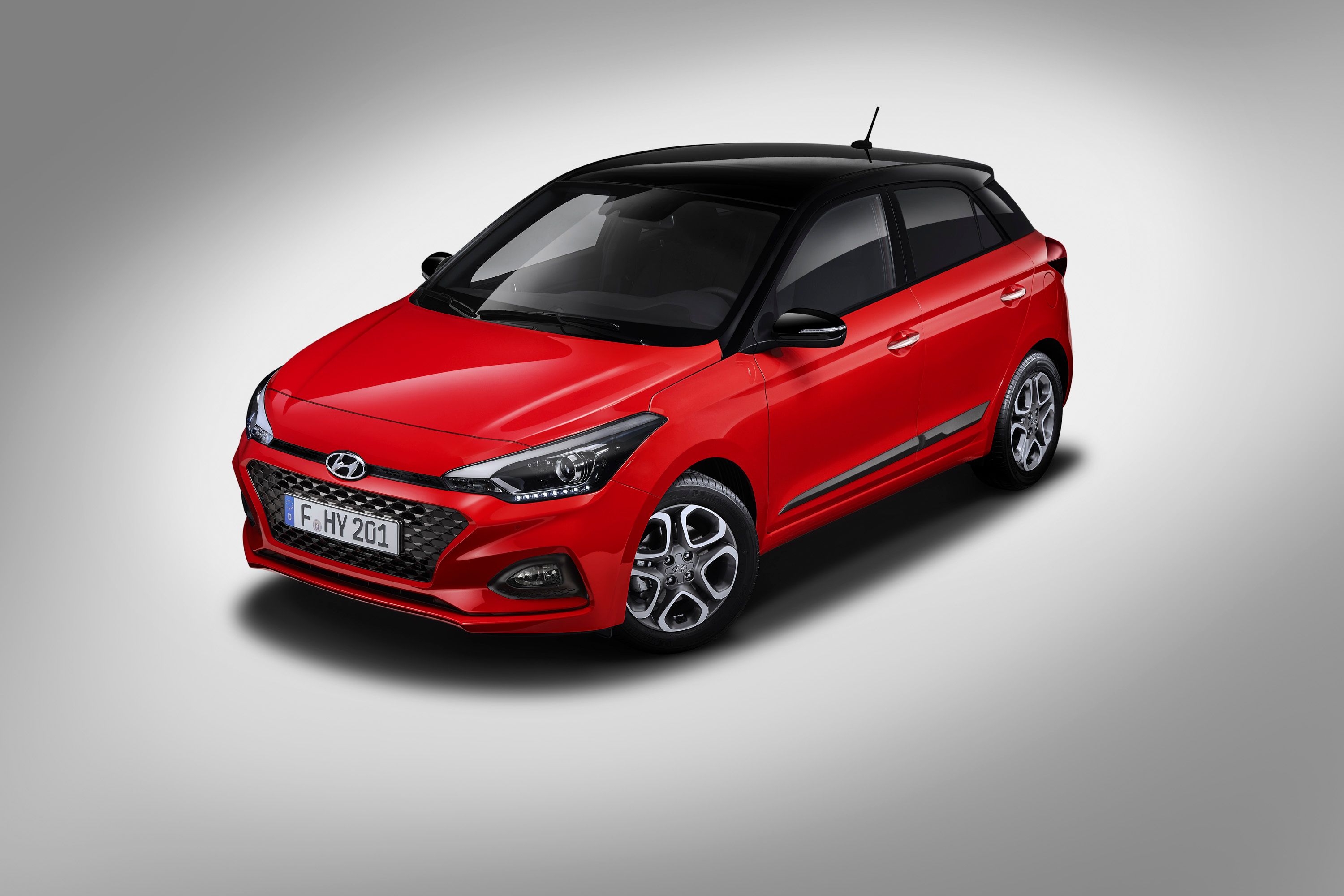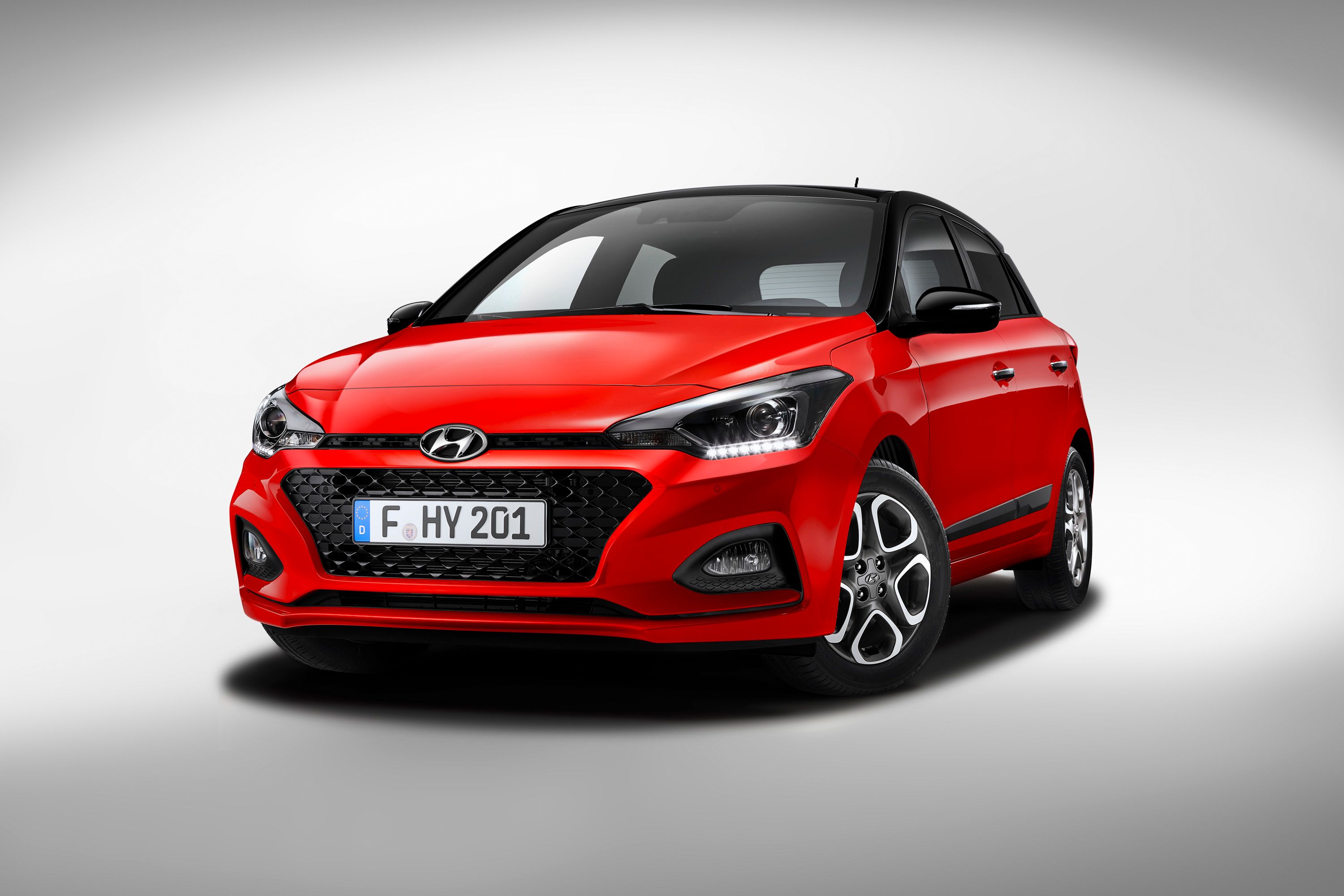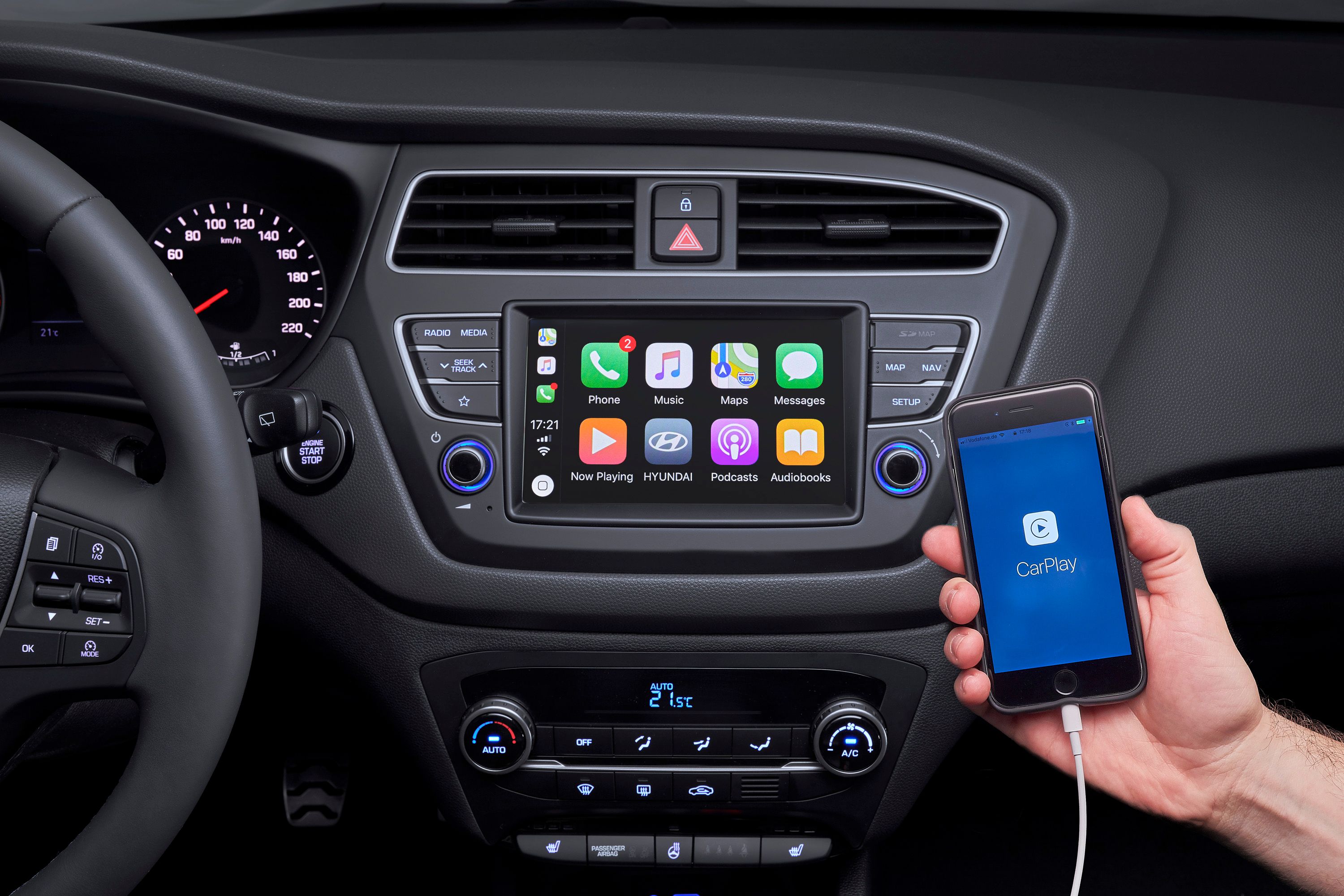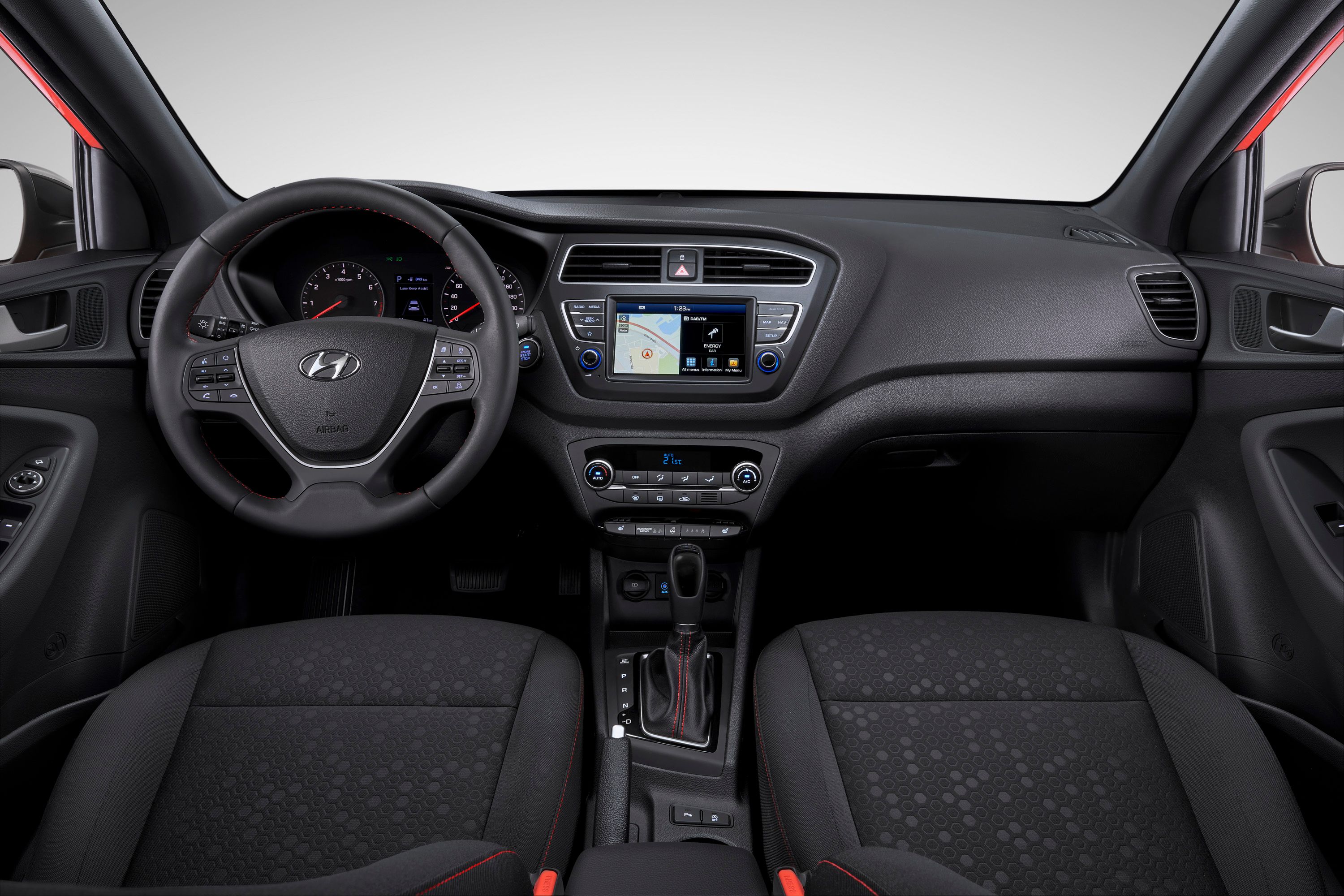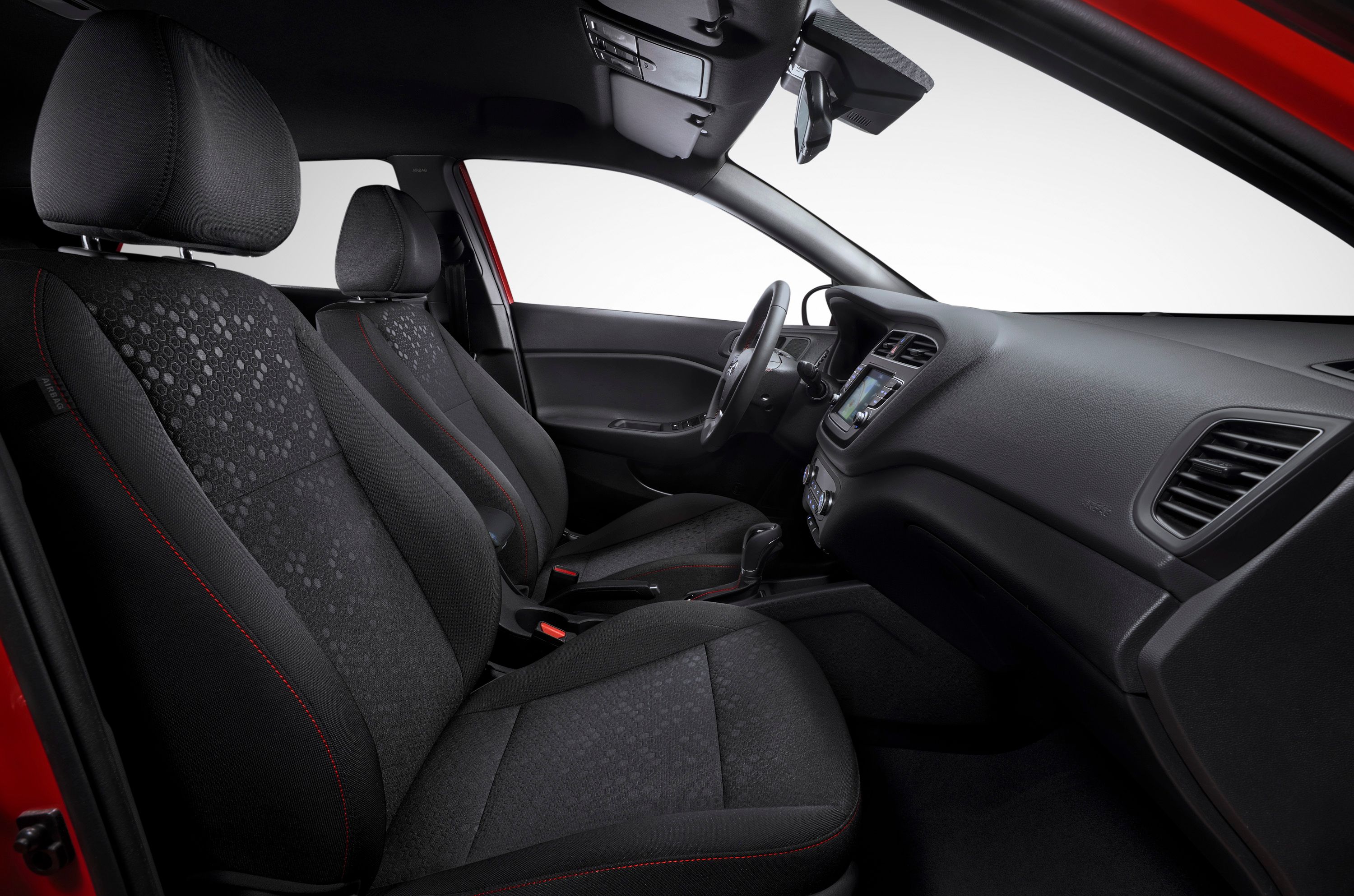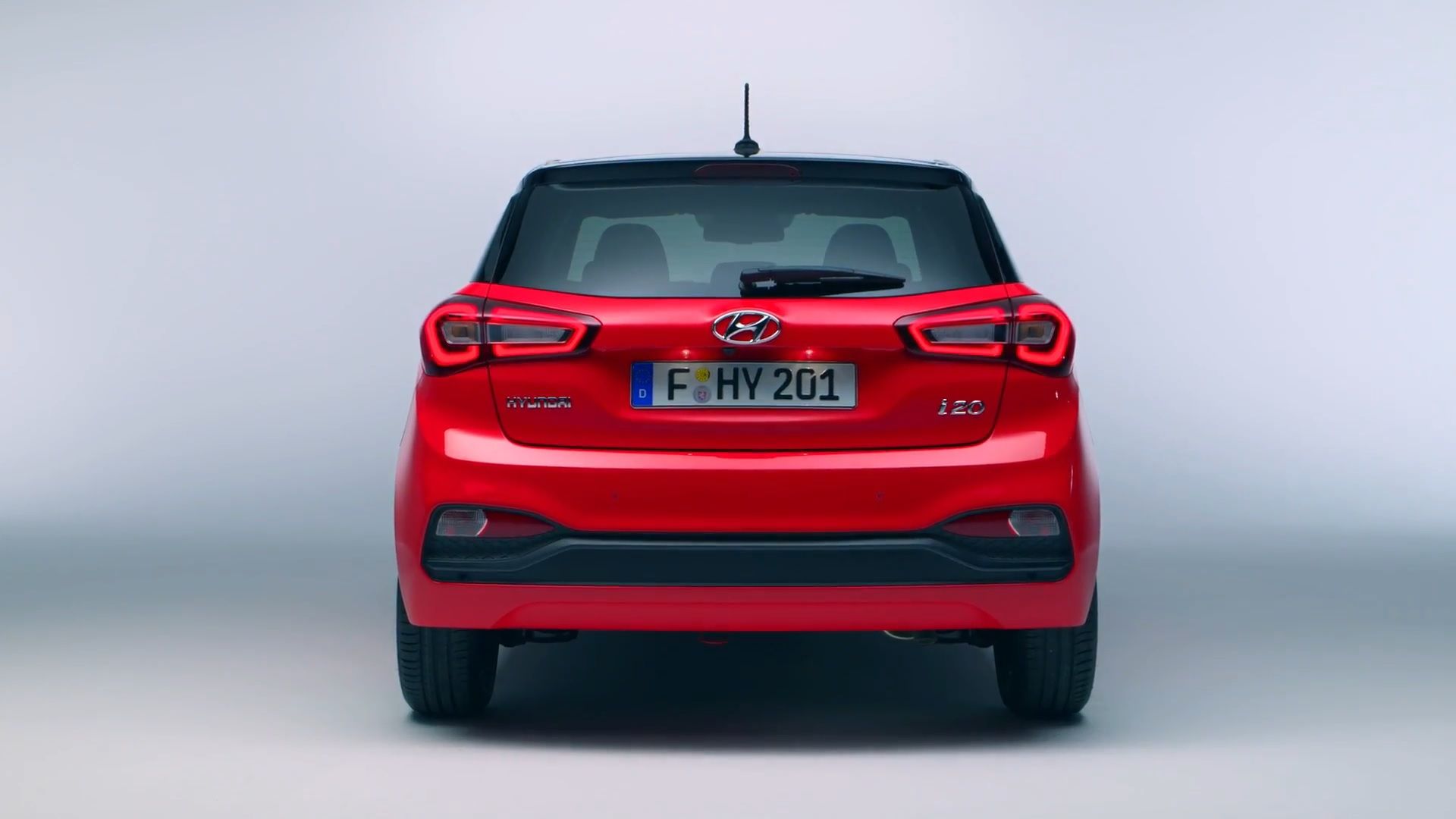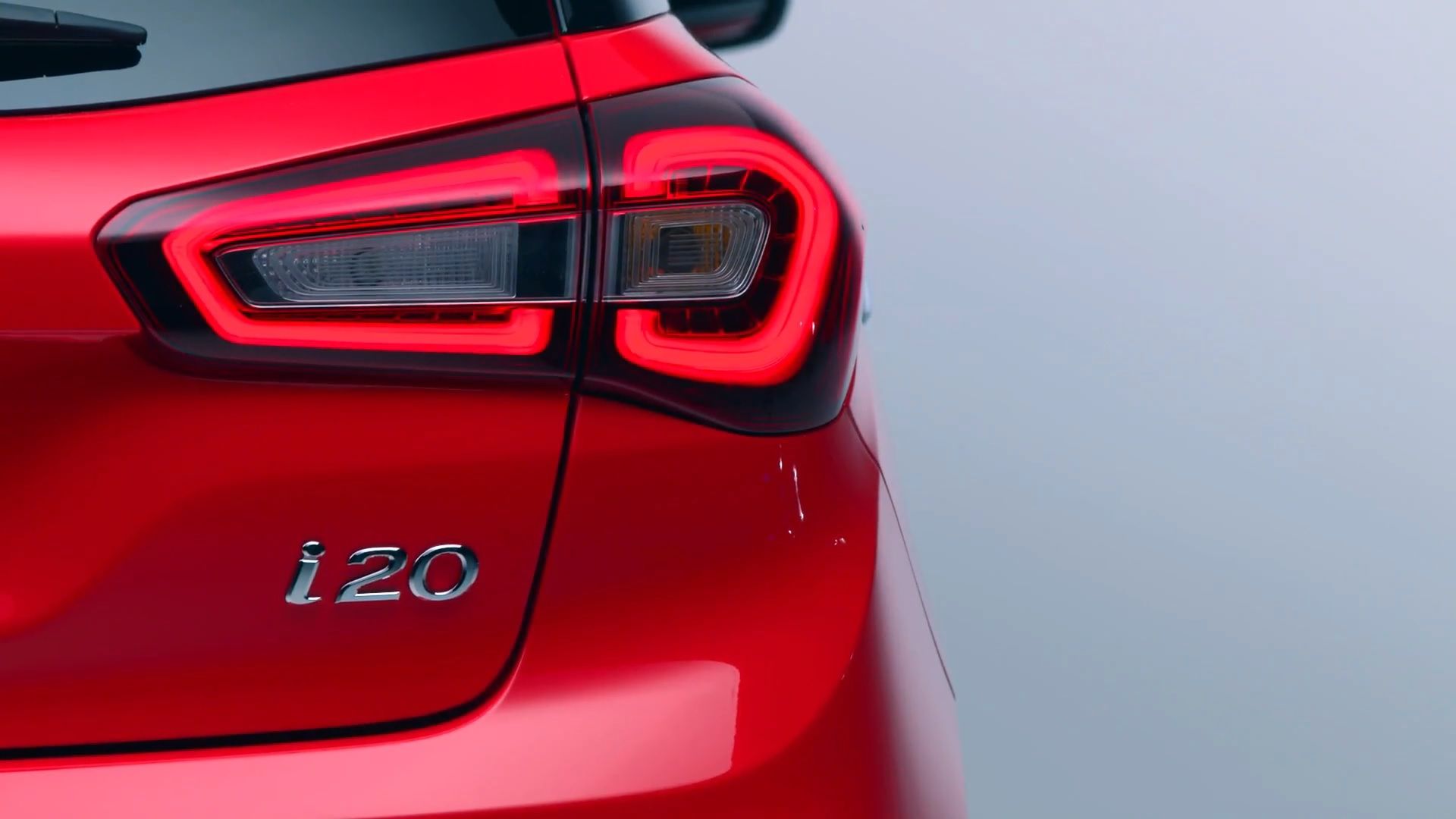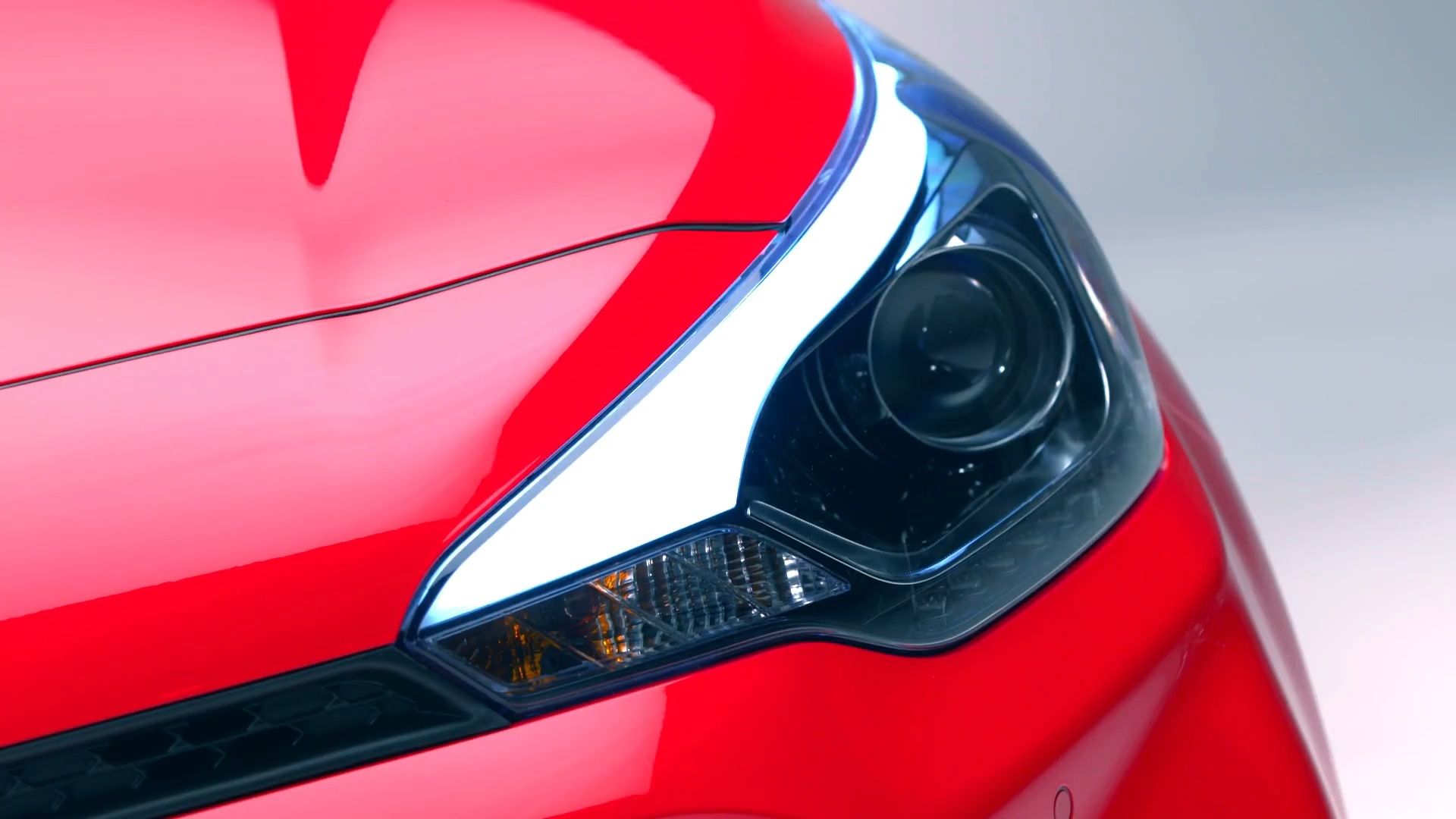Hyundai first introduced the i20 in 2008 at the Paris Motor Show and brought the second generation to market in 2014. Framed as a B-segment, FWD supermini, the i20 is an affordable, small, practical transportation solution, offering decent gear and loads of space inside. Now there’s a refreshed model, and it’s bringing an updated line of gas-powered engines and some of the latest safety tech features.
Continue reading to learn more about the 2018 Hyundai i20.
2018 Hyundai i20
- Make: Array
- Model: 2018 Hyundai i20
- [do not use] Vehicle Model: Array
Official video
2018 Hyundai i20 Exterior Styling
To help it cover as many segments as possible, Hyundai offers the i20 in a variety of body styles. These include both a five-door hatchback and a sportier three-door hatch (Hyundai calls it a “coupe” for some reason). Buyers looking for something a little taller can also get theirs in a crossover “Active” body style, which adds the traditional off-roading styling cues, such as a faux front skid plate, matte black lower cladding, and roof rails.
Heading into the 2018 model year, the Hyundai i20 gets a lightly updated design. Let’s start in front, where we find the fascia gains a restyled Cascading Grille design, replacing the old four-sided insert with a more wavy-looking geometric shape. The lower part of the front bumper also gets a redesign, with a lower character line that’s now slimmer than before. The fog light are also separated with matte-black surrounds moved to the leading corners. The headlights are more or less the same as before in their shape, but now sport lower daytime running light signatures.
When viewed from the side, the i20 gains extra colors and design to help break up the broad panels. The side view mirrors once again come with integrated turn signals, while the C-pillar in the rear continues its blacked-out, floating design. You’ll also notice that the corners are occupied by fresh wheel designs, with the range of alloy rollers including sizing between 15 and 16 inches in diameter.
Moving behind the vehicle, we find the the tail was also redesigned to help match the restyled front. The bumper gets an extra black insert near the bottom, while the hatch itself gains an integrated license plate holder. Stretching into the fifth door is a freshly redesigned pair of combination taillights, which do well to add a few extra layers of design to the thing.
Colors such as Tomato Red, Champion Blue, and Clean Slate now join the range of exterior paint options. Customers can also choose from carry-over hues such as Passion Red, Sleek Silver, Stardust Grey, Polar White, and Phantom Black. Buyers looking to get a more customized look can get pair theirs with a Phantom Black two-tone roof, which definitely does well to spice things up a bit.
2018 Hyundai i20 Interior Design
In terms of look and layout, the i20 gets a pretty basic, straightforward interior space. The steering wheel comes with thumb-operated multifunction buttons and red contrast stitching, as well as slightly pumped-up hand grips at the 10 o’clock and 2 o’clock positions.
The gauge cluster consists of a left-mounted tachometer and a right-mounted speedometer, as well as a center-mounted digital driver’s information display. A push-button starter makes it all go, while an infotainment screen is mounted high in the dash. Above the screen is a set of HVAC vents, while the climate controls are placed lower with a dual set of rounded knobs, a few hard buttons, and a digital readout. Buyers can get theirs with an optional panoramic sunroof.
On the infotainment front, the Hyundai i20 comes equipped with all the stuff you’d expect, with features including navigation, media support, and connectivity services. The screen you see in the middle of the center console is a new unit measuring in at 7.0 inches, and comes as standard on the S and SE trim levels. There’s also solid smartphone support, with content mirrored directly from your device of choice via Apple CarPlay and Android Auto, including navigation support. An available USB charger keeps your mobile device topped off on electrons.
Passengers will also enjoy a good amount of space inside, while cargo room is rated at 326 liters (11.5 cubic feet).
Rounding it out is a slew of high-tech safety features, with the very latest from Hyundai’s SmartSense suite. Standouts in this area include a Lane Departure Warning System, Lane Keeping Assist System, Autonomous Emergency Braking for the city and inter-urban driving, Driver Attention Alert, and high Beam Assist, all of which are standard on the SE trim level and above.
The systems all work as you’d expect, with the Lane Departure Warning system sending a notification when you move outside the painted lines. Both a visual and acoustic notification are provided. The Lane Keeping assist is operational when traveling over 60 km/h (37 mph), and also includes corrective steering inputs to keep you from straying too far outside your lane. Automatic braking will kick in when it detects an obstruction ahead of the vehicle, while the Driver Attention Alert monitors inputs and can detect when the driver is getting sleepy or might be looking at their phone. Finally, the automatic high beams can detect oncoming vehicles and switch the beam pattern so as to not blind other drivers.
2018 Hyundai i20 Drivetrain And Performance
Unsurprisingly, Hyundai decided to ditch the outgoing model’s diesel powerplant option, instead opting for variety of gas-powered engine configurations.
Let’s kick things off with the turbocharged Kappa 1.0-liter three-cylinder T-GDI, which is offered in two power levels. The first is a 100-horsepower configuration, which connects to a five-speed manual. Above that is the 120-horsepower iteration, which is offered with a six-speed manual and comes with a particulate filter to “enhance environmental performance.”
There’s also a naturally aspirated Kappa 1.2-liter engine offered in two power levels, including 75 horsepower and 84 horsepower, both of which get a five-speed manual transmission for the gearbox duties.
The 2018 i20 also brings with it a new seven-speed dual-clutch transmission, a first for the i20 range. Interested buyers can get it on the turbo 1.0-liter T-GDI (100-horsepower tune) as a replacement for the standard five-speed manual.
Standout features for the powerplants include an Idle Stop and Go system as standard across the range, which helps to curb fuel consumption and emissions by automatically deactivating the engine at a stop, kicking it over again before taking off. Obviously, gains from this system are most dramatic in heavy traffic situations.
2018 Hyundai i20 Prices
The 2018 Hyundai i20 arrives in dealers this June and will be sold in the European market. For now, interested U.S. buyers are out of luck.
Hyundai did not provide exact pricing information, but it’s expected to start at around 12,000 pounds ($16,513), which is a bit more than the outgoing model.
All i20 models will come with a five-year, unlimited mileage warranty.
2018 Hyundai i20 Competition
Ford Fiesta
The Blue Oval definitely has some pull in this segment thanks to the tiny and mighty Fiesta. Offered in both a three-door and five-door body style, Ford equips the Fiesta with two gas engines and a diesel as well. Topping it all is a turbo three-cylinder making 138 horsepower, although performance lovers can alternatively opt into the 200-horsepower Fiesta ST. Inside is a 6.5-inch touchscreen, as well as a 4.2-inch driver’s information display behind the steering wheel. Go for the five-door model, and you’ll get upwards of 303 liters (10.7 cubic feet) of space with the rear seats up.
Read our full review of the 2017 Ford Fiesta.
Volkswagen Polo
If it’s extra refinement and high-end quality that you’re after, then the Volkswagen Polo might be the way to go. Engine options are plentiful, ranging from an entry-level 1.0-liter three-cylinder and topped by a 190-horsepower turbo 1.8-liter in the Polo GTI model. Five-speed and six-speed manual transmissions are on the table as well, as is a seven-speed DSG twin-clutch automatic. LED headlights and some handsome styling can be found outside, while a 6.5-inch display is mounted inside. The five-door is the way to go if practicality is a concern.
Read our full review of the 2018 Volkswagen Polo.
Conclusion
While crossovers and SUVs are the body style of choice here in the U.S., the supermini is still running strong across the pond. As such, it makes sense that Hyundai decided to keep it feeling fresh with this latest round of updates.
“The i-range is the strong foundation of our brand’s success in Europe,” said Andreas-Christoph Hofmann, Hyundai Motor Europe’s Vice President of Marketing & Product. “By updating the New i20 design, safety, connectivity and powertrain line-up, we continuing to meet the expectations of our customers to ensure the ongoing success of this model range.”
Overall, the i20 looks to grab customers by offering all the important stuff (sharp styling, high-tech infotainment, cutting-edge safety systems, efficient powertrains), but none of the fluff. To that end, the i20 looks to be rather competitive, and while there are more refined and more entertaining options out there, the i20 sticks to the middle of the road as a solid little alternative.
References
Read our full review on the 2017 Hyundai i20.
Read more Hyundai news.
Read more 2018 Beijing Auto Show news.

